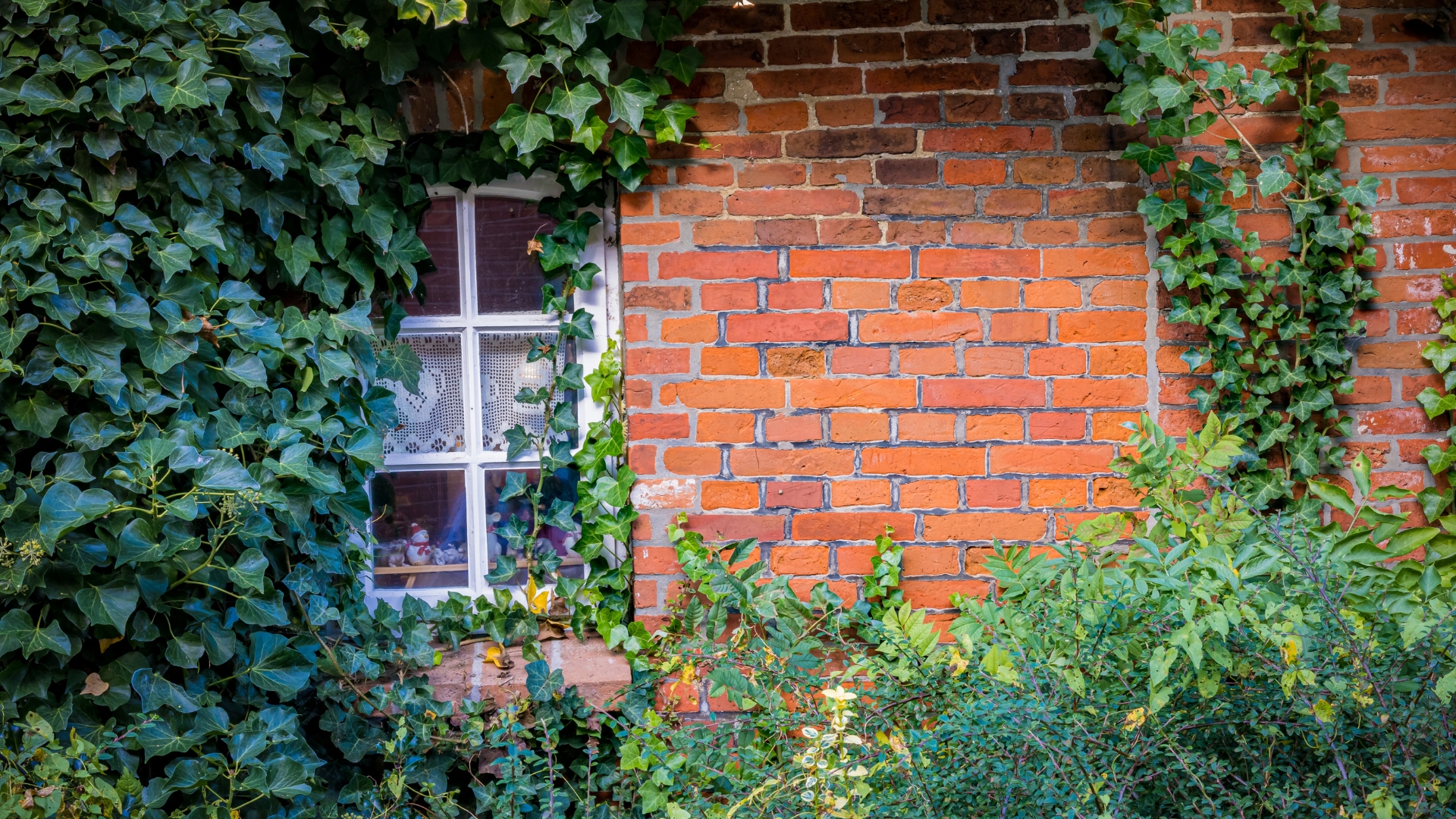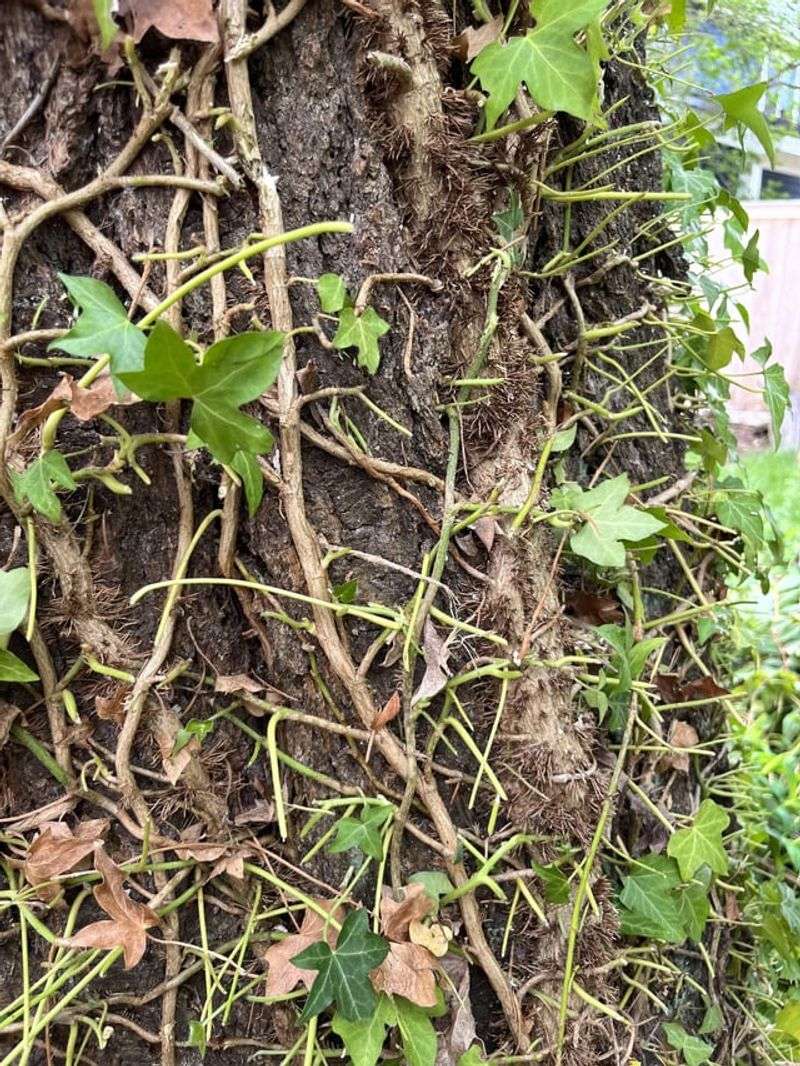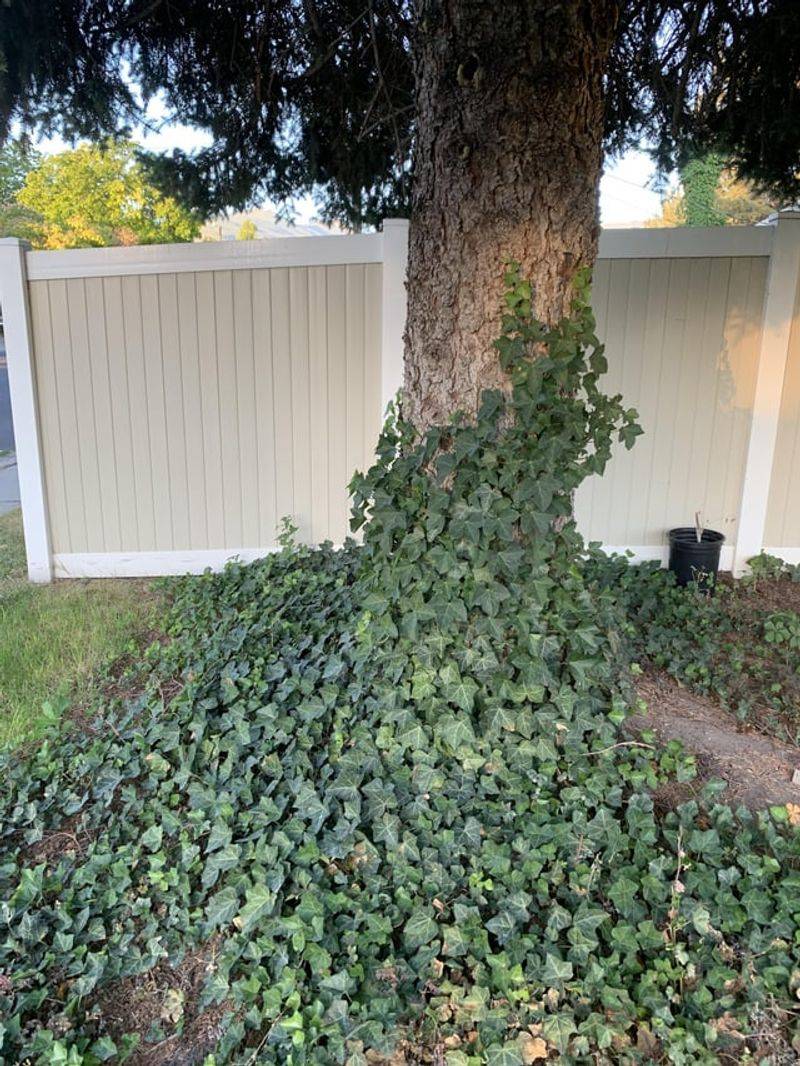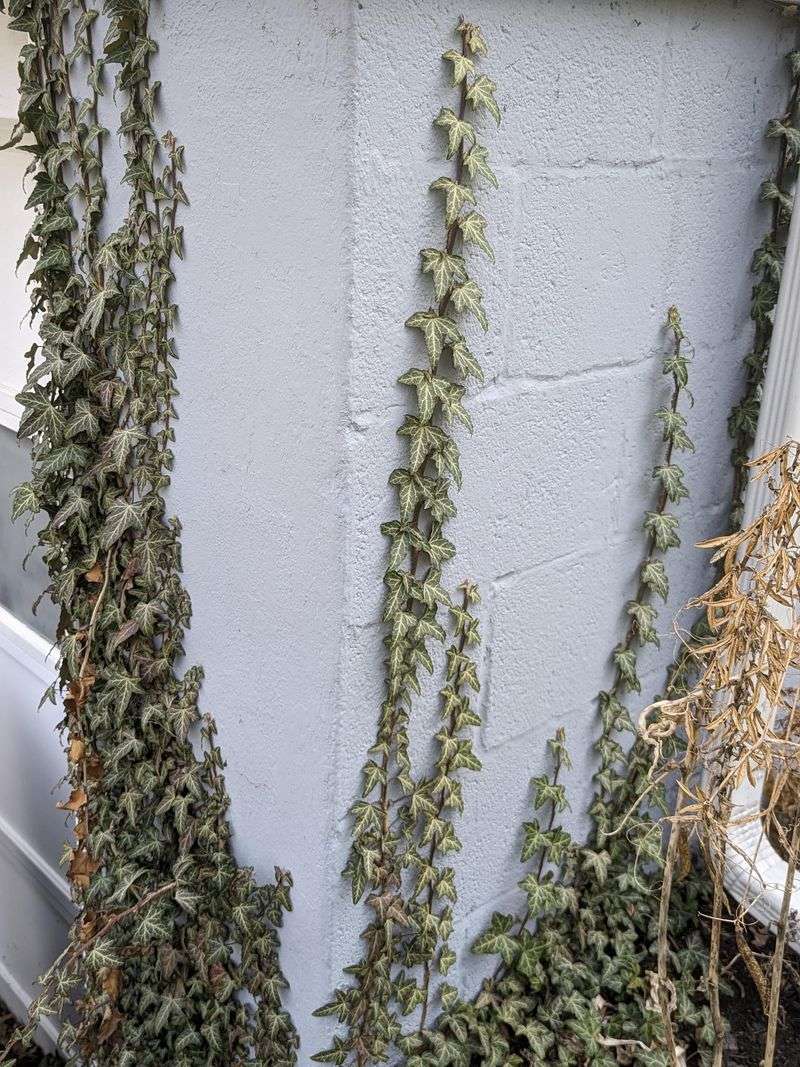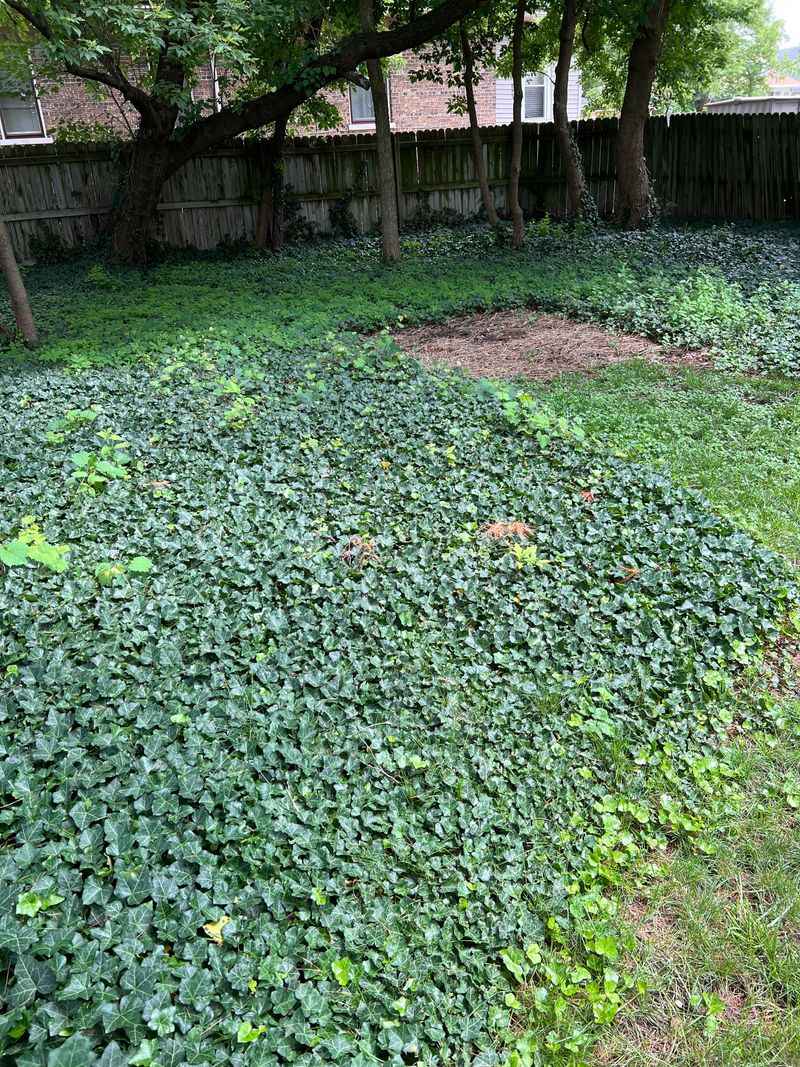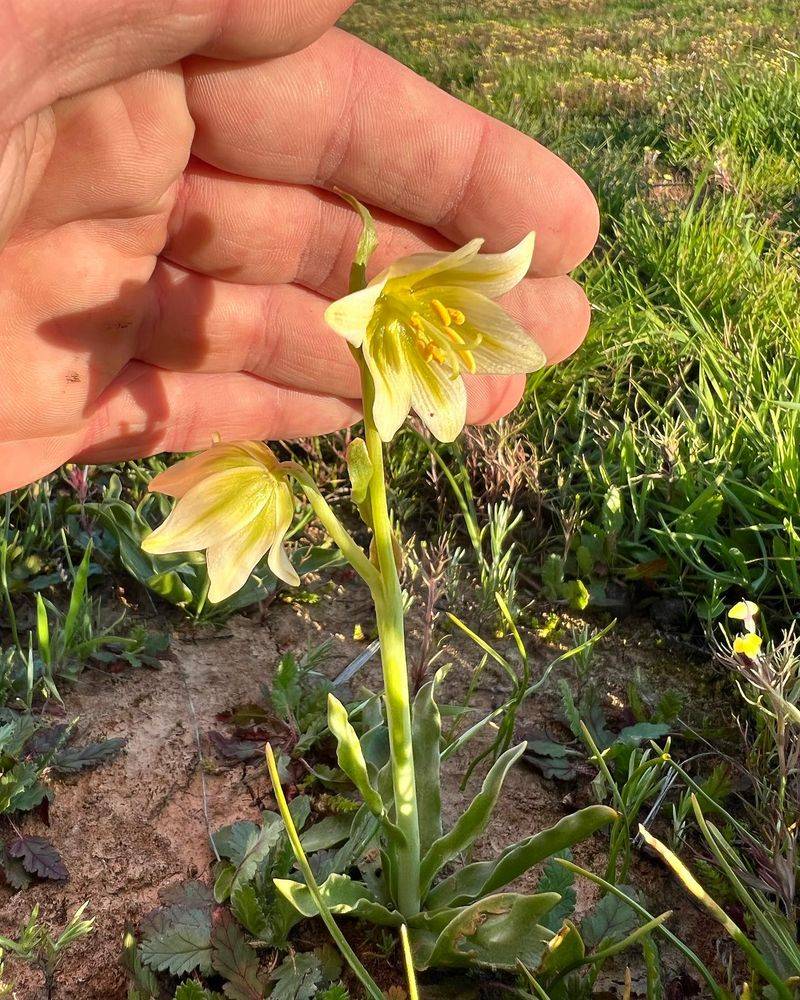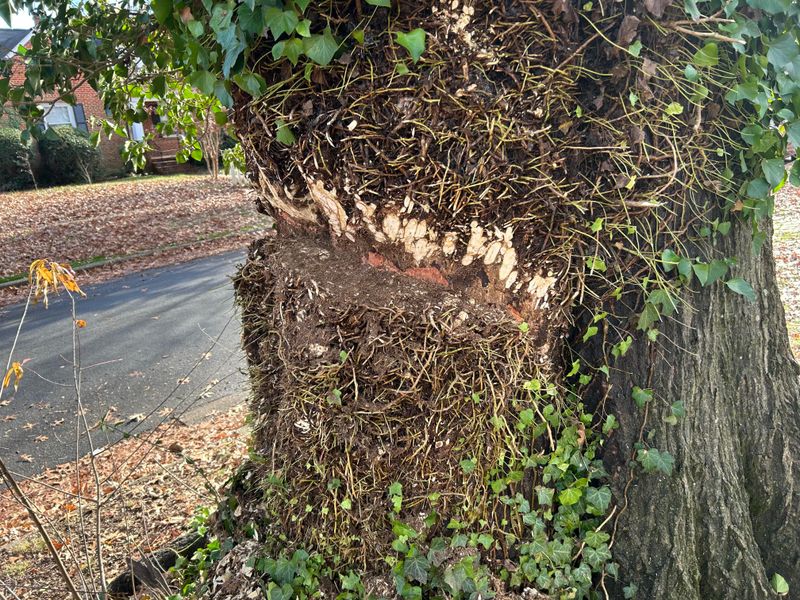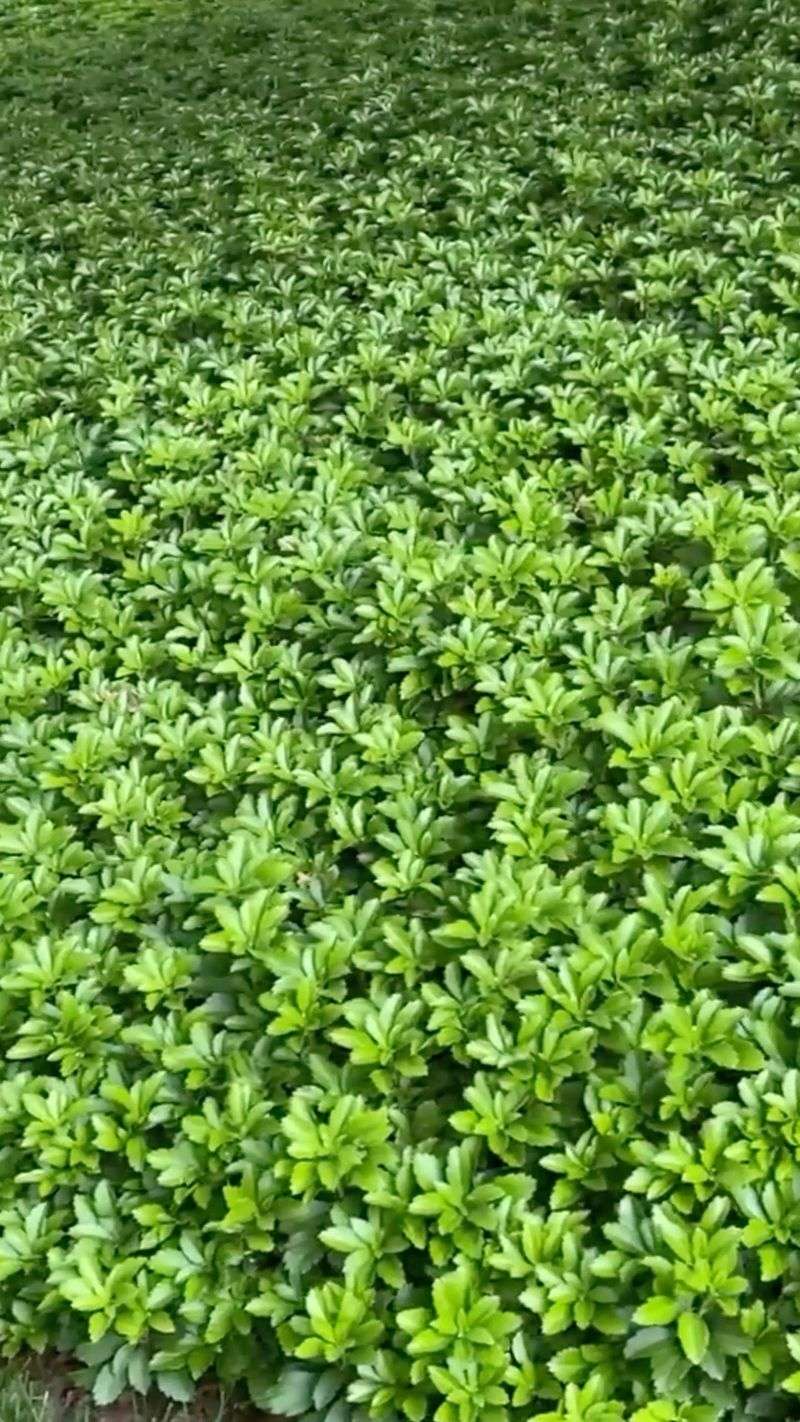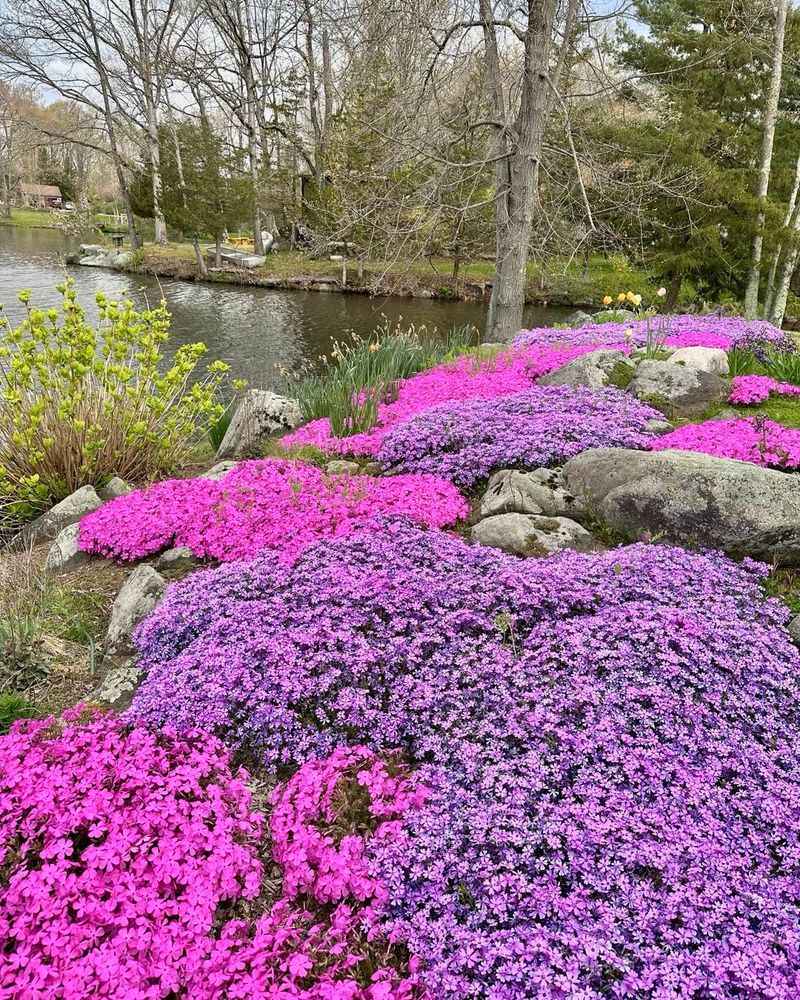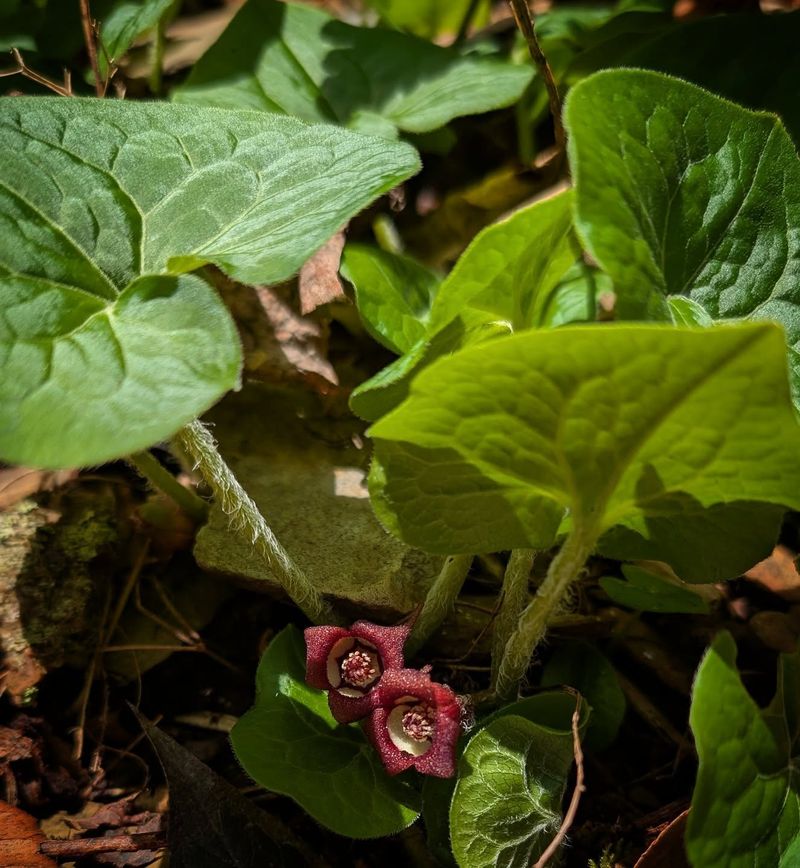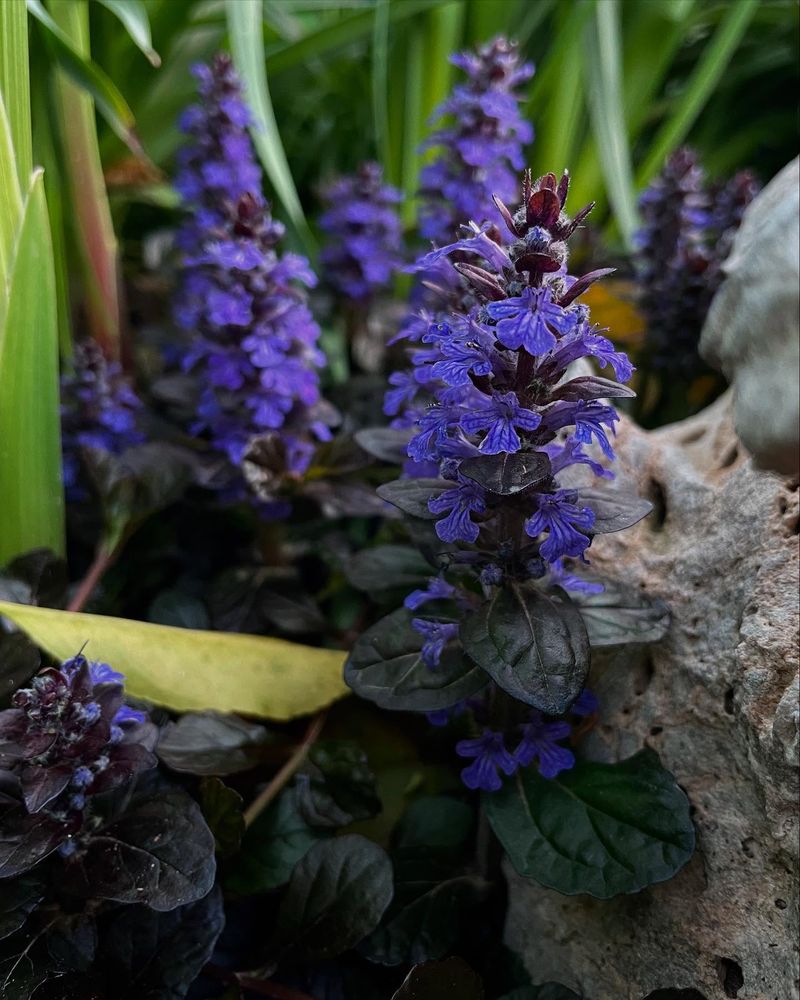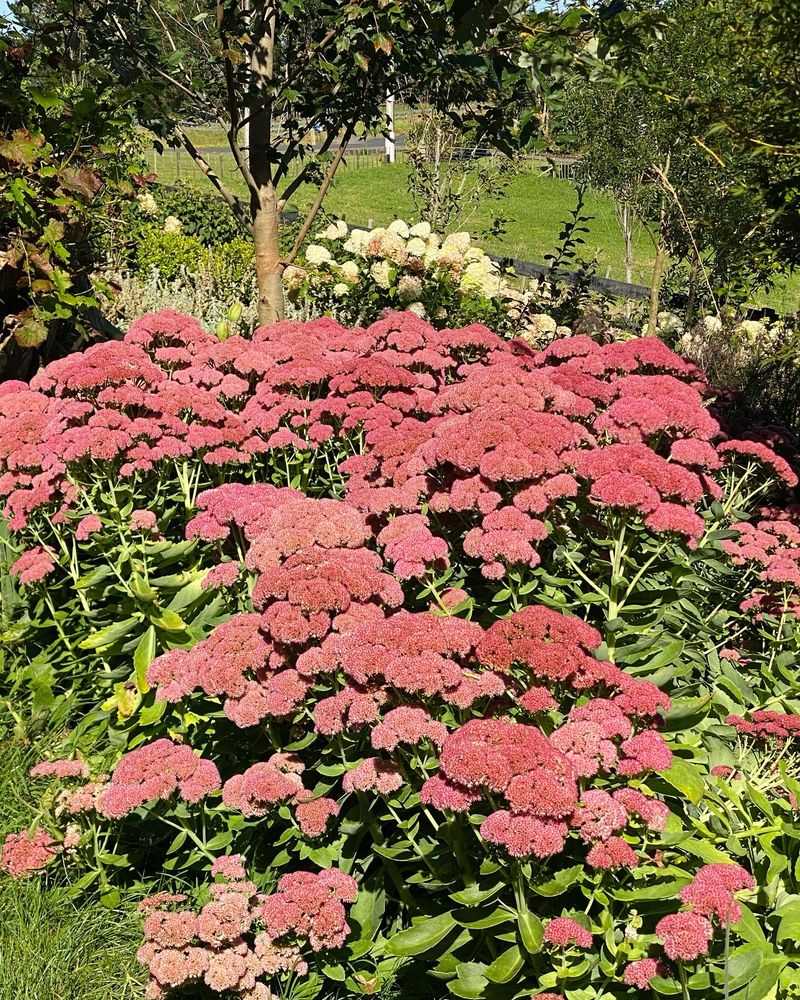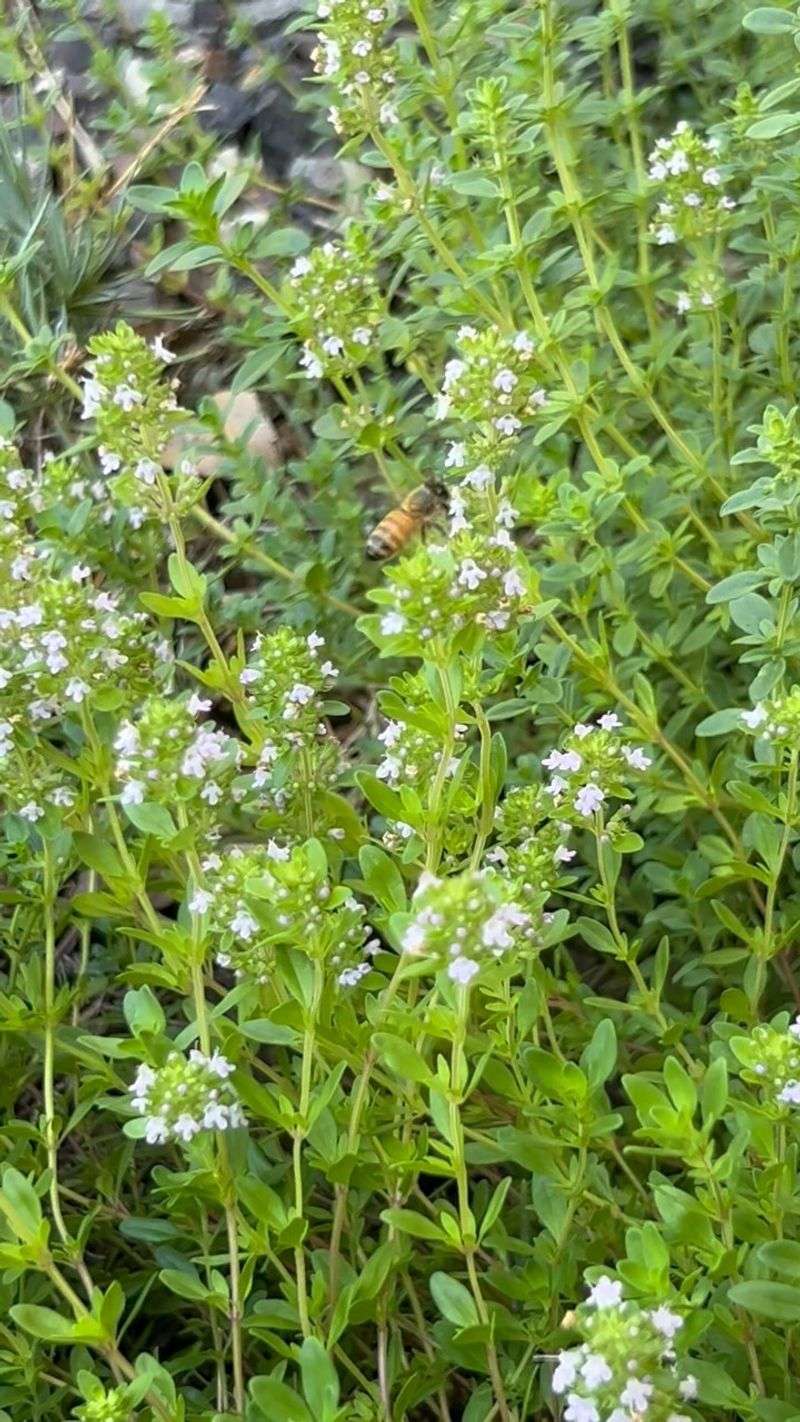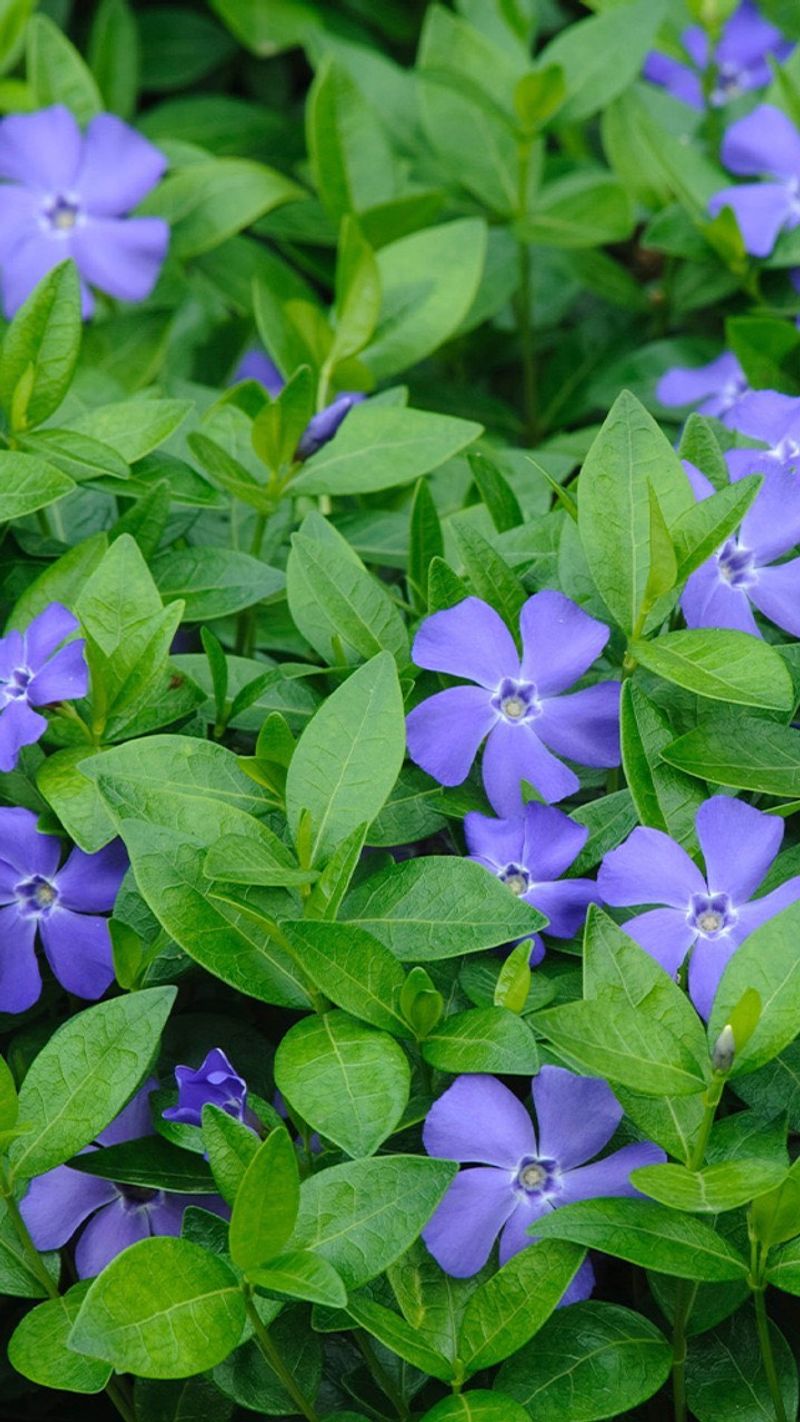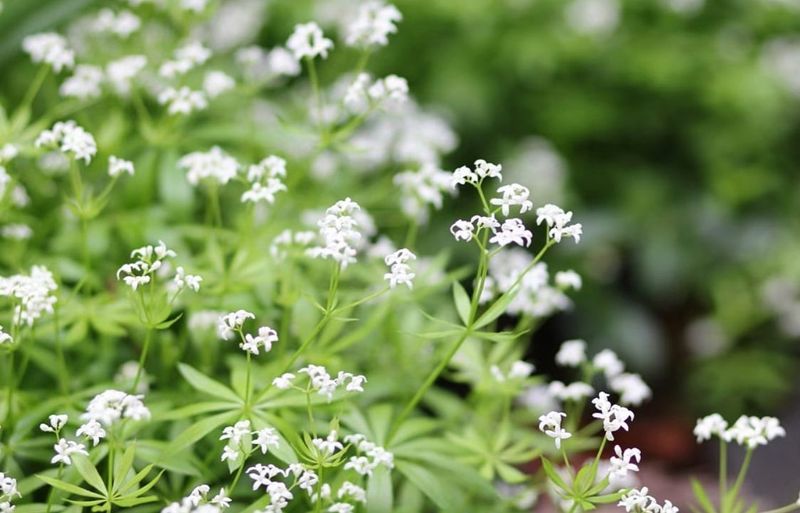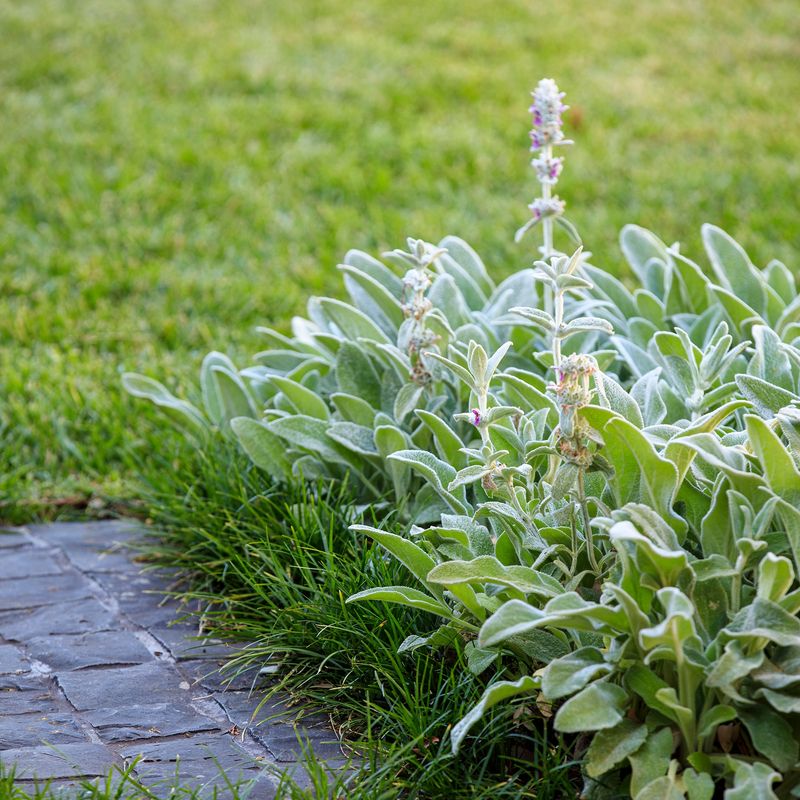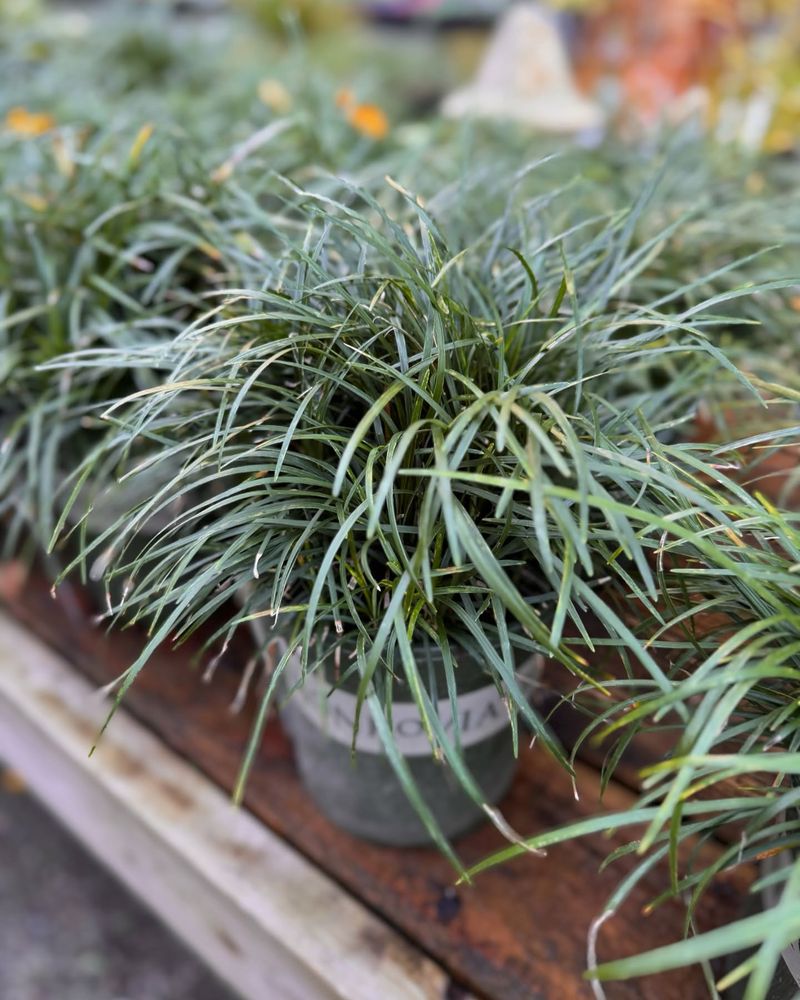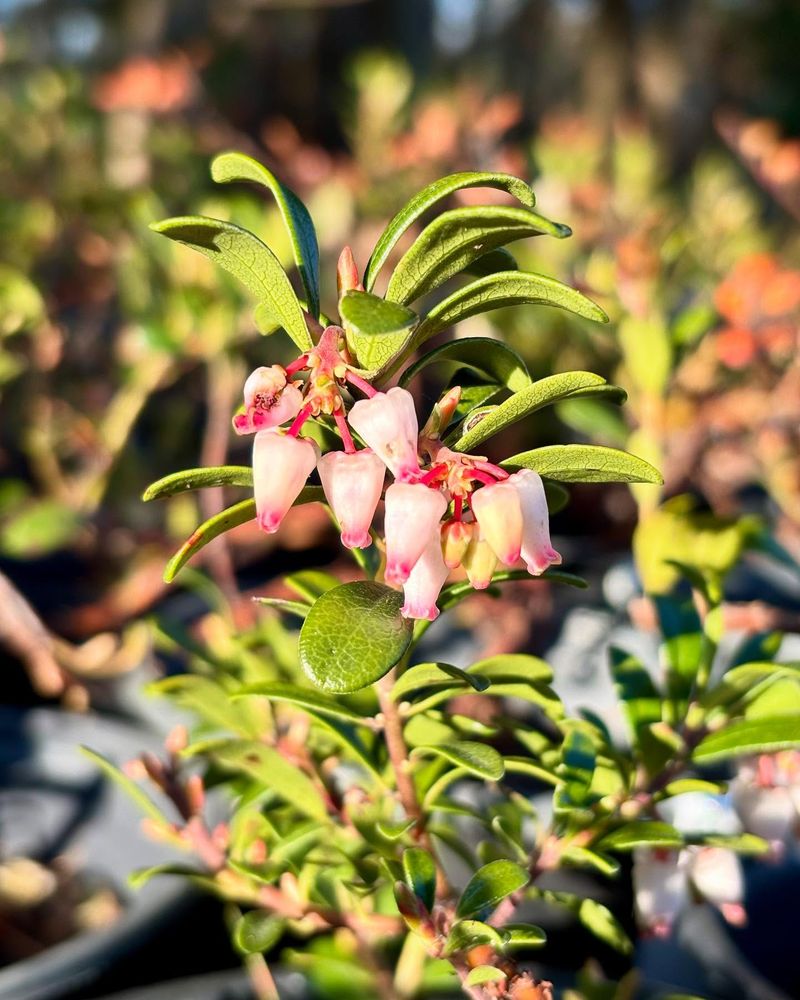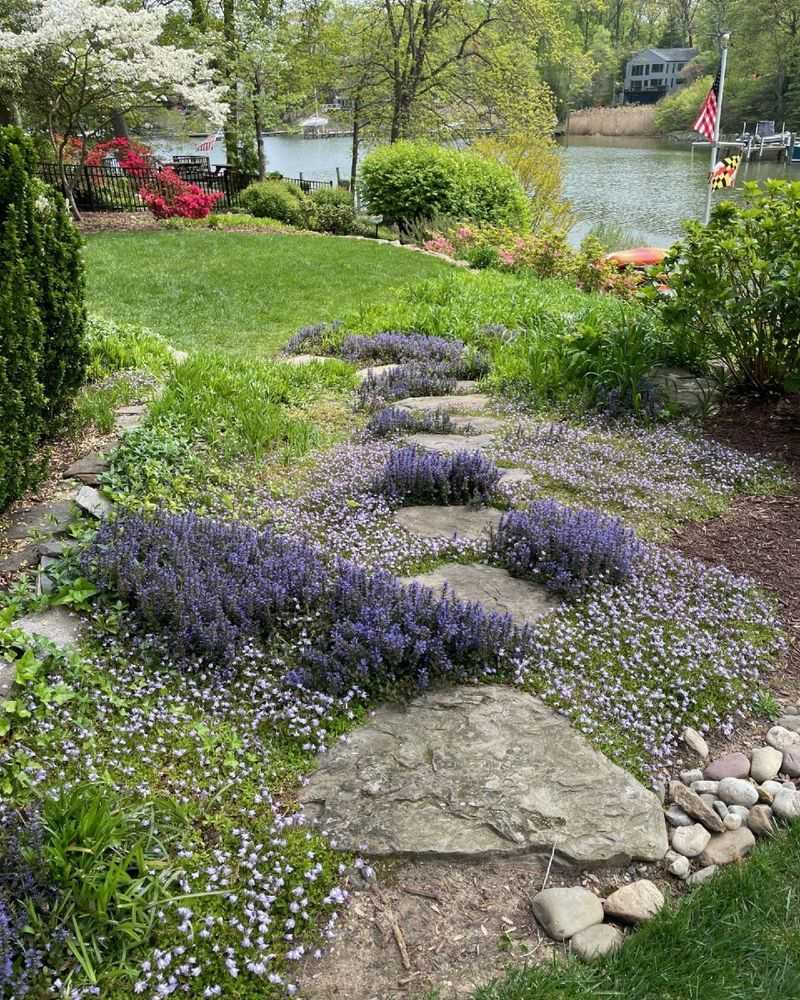English ivy might look pretty at first, but it can quickly become a garden nightmare if left unchecked. These 6 reasons show why it’s best to say goodbye before it takes over everything you love.
Don’t worry—you’ll also find stunning ground cover options that bring beauty without the headaches. Making the switch can save your garden and your sanity.
Let me help you find the perfect low-maintenance replacement that keeps things calm and lovely.
1. Destroys Tree Health
Those picturesque ivy-covered trees are actually slowly dying. The dense foliage blocks sunlight from reaching the tree’s leaves, interfering with photosynthesis and weakening the host. The added weight makes trees more susceptible to toppling during storms.
Ivy vines can also introduce moisture that leads to rot and disease. Once established, removing ivy from mature trees becomes extremely difficult without causing additional damage to the bark and branches.
2. Attracts Unwanted Pests
The dense, sheltered environment created by English ivy makes an ideal home for rodents, mosquitoes, and other unwelcome critters. Rats and mice particularly love nesting in its thick cover, using it as a protected highway right to your home’s foundation.
Ivy’s protective canopy also creates perfect breeding grounds for mosquitoes by trapping moisture. Even snakes appreciate the cool, damp conditions ivy provides, increasing your chances of unwanted reptilian encounters.
3. Damages Building Structures
Those charming tendrils don’t just cling to surfaces – they actively penetrate cracks and mortar joints. The roots can force their way into tiny openings, widening them over time and causing serious structural damage to walls, fences, and foundations.
Removing established ivy often reveals crumbling mortar and damaged surfaces underneath. The dense foliage also traps moisture against buildings, potentially leading to rot, mold growth, and expensive repairs down the road.
4. Classified As Invasive
Many states and environmental agencies officially classify English ivy as an invasive species. Once established, it spreads aggressively through both vegetative growth and seed dispersal by birds, quickly escaping garden boundaries to invade natural areas.
In forests, it creates “ivy deserts” where nothing else can grow. Its invasive status means you might even be legally required to control it in some regions, making what started as a simple garden plant into a potential liability.
5. Suppresses Native Plants
The dense growth habit of English ivy creates a living mulch that effectively smothers native wildflowers, shrubs, and tree seedlings. By blocking sunlight and depleting soil nutrients, it prevents the regeneration of native plant communities that local wildlife depends on.
This disruption ripples through the ecosystem, affecting insects, birds, and other animals that rely on native plants. The loss of biodiversity can transform diverse habitats into ivy monocultures devoid of the variety that supports healthy ecosystems.
6. Difficult To Remove
Once established, removing English ivy becomes a Herculean task. The extensive root system can penetrate deep into soil, making complete removal nearly impossible without disturbing large areas of your garden.
Cut vines often resprout vigorously, requiring repeated efforts and vigilance. Chemical controls must be used carefully to avoid harming desirable plants. Even small fragments left behind can regenerate, turning what seems like successful removal into an ongoing battle.
7. Pachysandra
This classic shade-loving ground cover creates a lush, evergreen carpet without the invasive tendencies of ivy. The small, scalloped leaves form a dense mat that effectively suppresses weeds while still playing nicely with neighboring plants.
Spring brings delicate white flower spikes that add seasonal interest. Pachysandra thrives in those challenging dry shade spots under trees where grass struggles, requiring minimal maintenance once established and staying right where you plant it.
8. Creeping Phlox
Come spring, this low-growing perennial transforms into a breathtaking carpet of pink, purple, blue, or white flowers. The needle-like evergreen foliage provides year-round interest even when not in bloom, creating a tidy mat just 3-6 inches tall.
Perfect for sunny slopes and rock gardens, creeping phlox cascades beautifully over walls and edges. It’s drought-tolerant once established and stays contained rather than running rampant through your garden beds.
9. Wild Ginger
The heart-shaped leaves of wild ginger create a charming woodland-inspired ground cover for shady spots. Native varieties support local ecosystems while European ginger offers slightly larger, glossier foliage – both stay well-behaved in the garden.
Curious bell-shaped flowers hide beneath the foliage, adding a touch of whimsy for those who discover them. Wild ginger spreads slowly by rhizomes, gradually filling in spaces without becoming aggressive, making it perfect for natural-style gardens.
10. Ajuga
Also known as bugleweed, this versatile ground cover offers colorful foliage in shades of bronze, purple, and variegated patterns that brighten shady spots. In spring, spikes of blue, purple or white flowers rise above the leaves, attracting pollinators to your garden.
Ajuga handles foot traffic better than many ground covers and thrives in both sun and shade. It spreads steadily but remains manageable, filling in bare spots without the aggressive takeover tactics of English ivy.
11. Sedum
Drought-tolerant and nearly indestructible, low-growing sedums create carpets of fleshy leaves in fascinating shapes and colors. Their star-shaped flowers attract butterflies and pollinators, adding movement and life to your garden throughout the growing season.
From lime green to burgundy and blue-gray, sedums offer year-round interest even in poor soil. They’re perfect for sunny, dry areas where other plants struggle, requiring almost no maintenance once established.
12. Thyme
Beyond its culinary uses, creeping thyme makes a fragrant, durable ground cover that releases its delightful scent when stepped on. The tiny leaves form a dense mat that stands up to light foot traffic, making it perfect between stepping stones or as a lawn alternative.
Purple, pink or white flowers attract bees and butterflies while the evergreen foliage provides year-round structure. Drought-tolerant and sun-loving, thyme asks for little while giving back both beauty and flavor.
13. Vinca Minor
Glossy evergreen leaves and periwinkle-blue flowers make vinca minor (periwinkle) a popular choice for difficult slopes and shady spots. Less aggressive than its cousin vinca major, this ground cover stays more contained while still providing excellent erosion control.
The trailing stems root as they spread, creating a weed-suppressing mat that rarely exceeds 6 inches in height. Deer and rabbit resistance adds to its appeal, making maintenance minimal once established.
14. Sweet Woodruff
Delicate whorls of bright green leaves create a lacy carpet beneath trees and shrubs where other plants struggle. In spring, tiny star-shaped white flowers hover above the foliage like a constellation, adding ephemeral charm to woodland gardens.
Sweet woodruff’s pleasant vanilla scent intensifies when dried, historically used in potpourri and bedding. It spreads steadily in moist, shady conditions but remains well-mannered enough to mix with spring bulbs and ferns.
15. Lamb’s Ears
The velvety, silver-gray leaves of lamb’s ears create a touchable texture unlike any other ground cover. Soft and fuzzy like their namesake, these leaves form rosettes that spread to create a drought-tolerant carpet perfect for sunny, dry spots.
Tall purple flower spikes attract bees in summer, though many gardeners remove them to focus on the foliage. The silvery color brightens dark corners and complements both pastels and vibrant flowers in mixed borders.
16. Mondo Grass
Looking like a miniature ornamental grass, mondo creates neat, tidy clumps that slowly spread to form an elegant ground cover. The arching, grass-like foliage comes in shades from bright green to nearly black, with variegated options adding extra visual interest.
Tiny purple flowers followed by blue-black berries appear in summer among the leaves. Mondo grass thrives in both sun and shade, handling poor soil with grace while maintaining its composed, architectural appearance.
17. Bearberry
Native to North America, this tough ground cover thrives in poor, sandy soils where other plants fail. The small, leathery leaves turn bronze in winter, providing year-round interest while tiny pink bell-shaped flowers in spring develop into bright red berries that attract birds.
Bearberry’s spreading habit makes it excellent for erosion control on slopes and banks. Its extreme cold hardiness and drought tolerance mean it thrives with minimal care even in challenging conditions.
18. Mazus
This little-known ground cover creates a dense mat of small leaves just 2 inches tall, perfect for filling spaces between stepping stones. In late spring, the carpet erupts with purple-blue or white snapdragon-like flowers that seem disproportionately large for such a diminutive plant.
Mazus handles light foot traffic and moderate drought once established. It spreads steadily without becoming invasive, creating a low-maintenance alternative to grass in small areas and rock gardens.

